Description
Reinforced Concrete: Mechanics and Design, 6/e is a perfect text for professionals in the field who need a comprehensive reference on concrete structures and the design of reinforced concrete.
Reinforced concrete design encompasses both the art and science of engineering. This book presents the theory of reinforced concrete as a direct application of the laws of statics and mechanics of materials. In addition, it emphasizes that a successful design not only satisfies design rules, but also is capable of being built in a timely fashion and for a reasonable cost.
A multi-tiered approach makes Reinforced Concrete: Mechanics and Design an outstanding textbook for a variety of university courses on reinforced concrete design. Topics are normally introduced at a fundamental level, and then move to higher levels where prior educational experience and the development of engineering judgment will be required.
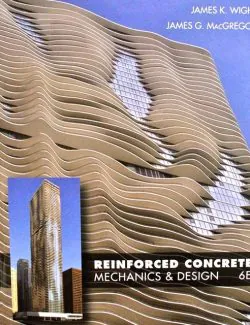
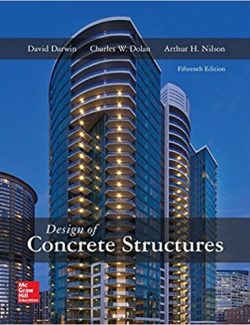
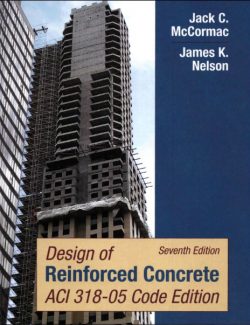
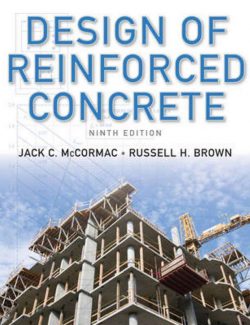
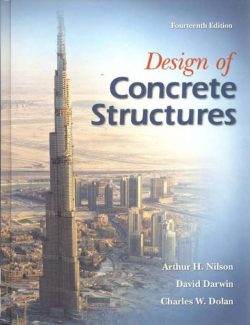
Leave us a comment
2 Comments